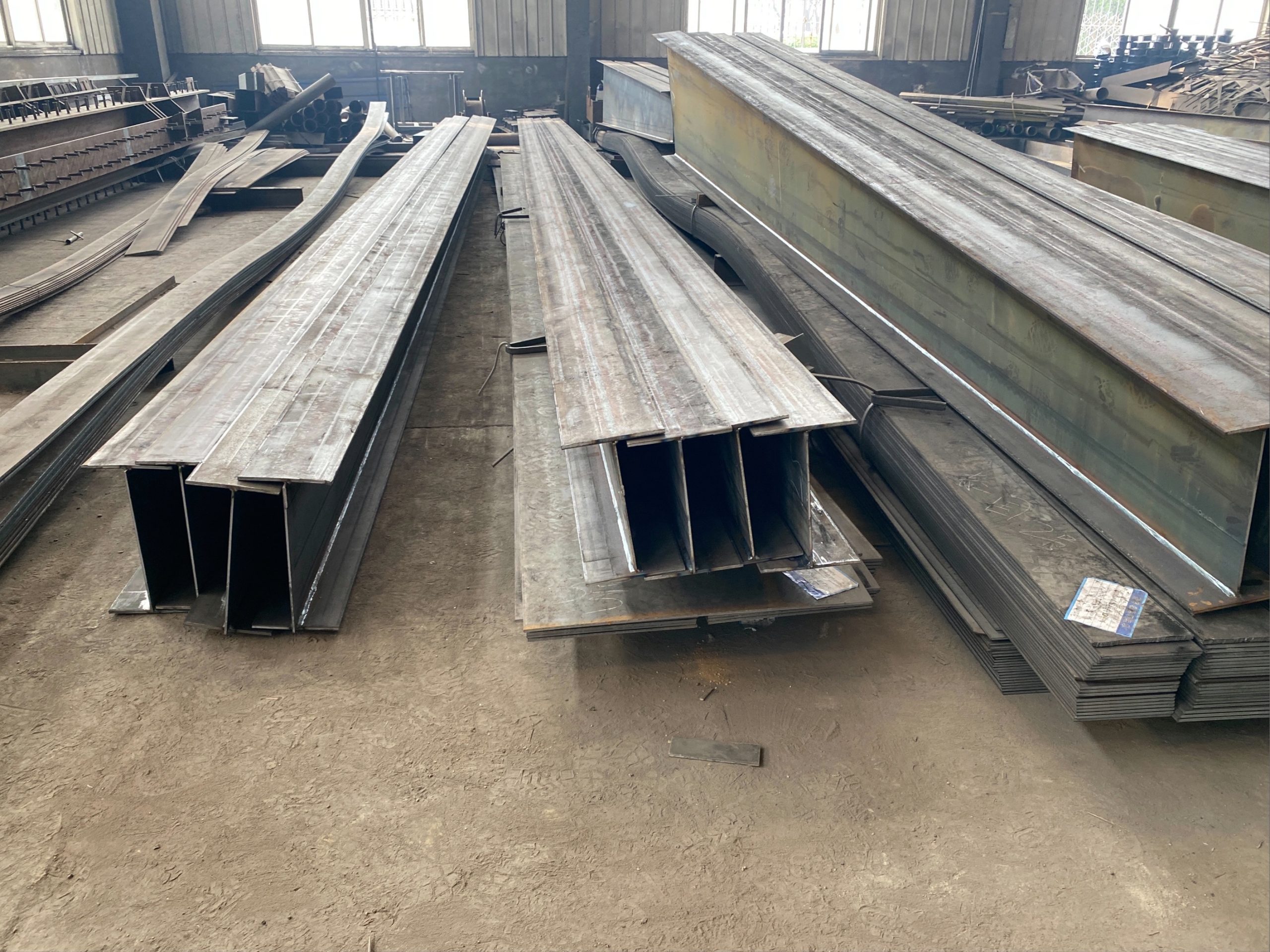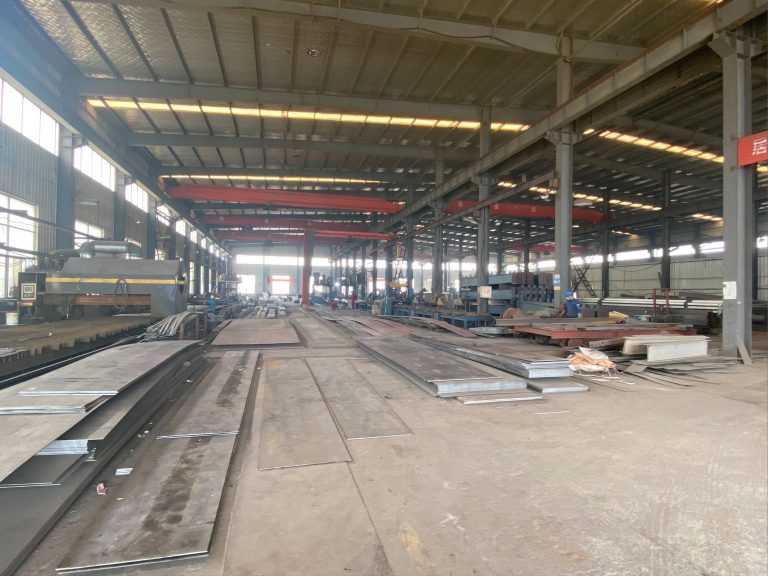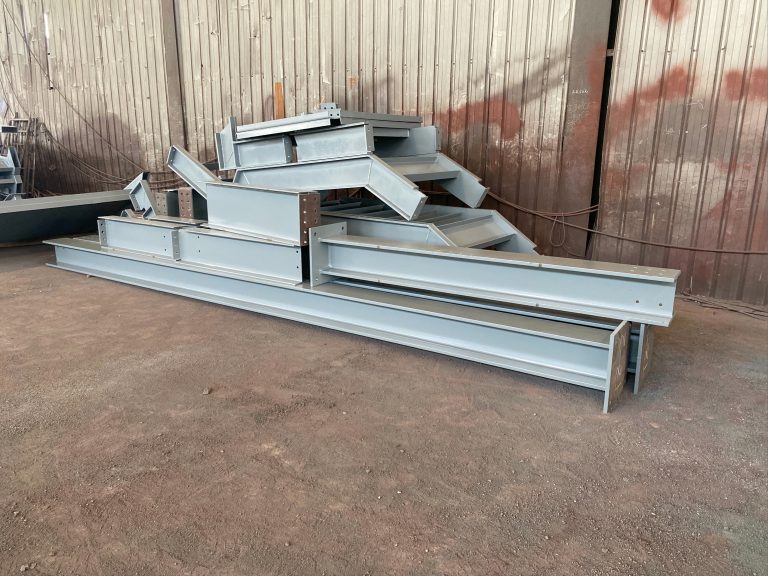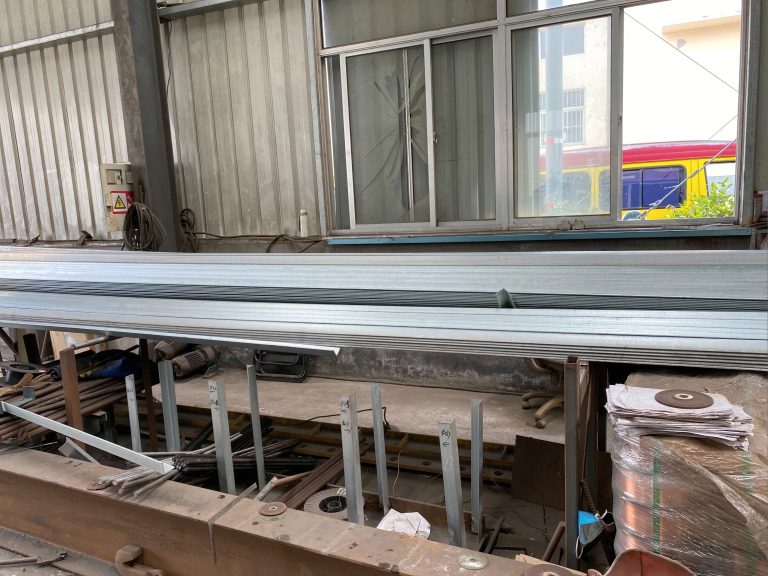How to consider the influence of temperature stress on steel structure design?
Table of Contents
Effects of Temperature Stress on Steel Structure Design
Steel is a widely used material in construction due to its strength, durability, and versatility. However, one factor that can significantly impact the performance of steel structures is temperature stress. Temperature stress refers to the changes in temperature that a steel structure experiences, which can cause expansion or contraction of the material. This can lead to deformation, cracking, or even failure of the structure if not properly accounted for in the design process.
When designing a steel structure, it is crucial to consider the potential effects of temperature stress. One of the key factors to take into account is the coefficient of thermal expansion of the steel material being used. Different types of steel have different coefficients of thermal expansion, which determine how much the material will expand or contract with changes in temperature. By understanding this property, engineers can predict how the structure will behave under different temperature conditions.
In addition to the coefficient of thermal expansion, the design of a steel structure should also consider the temperature range that the structure will be exposed to. Extreme temperatures, whether hot or cold, can cause significant stress on the material. For example, in hot climates, steel structures can expand and buckle, while in cold climates, they can contract and become brittle. By analyzing the expected temperature range of the structure’s environment, engineers can determine the appropriate design parameters to ensure its stability and longevity.
Another important consideration when designing a steel structure is the thermal conductivity of the material. Steel is a good conductor of heat, which means that it can quickly transfer heat from one part of the structure to another. This can lead to uneven temperature distribution within the structure, causing localized stress and potential failure points. To mitigate this risk, engineers can incorporate thermal insulation or other measures to regulate the temperature distribution and minimize the effects of temperature stress.
Furthermore, the design of connections and joints in a steel structure is critical in preventing temperature-induced failures. As the material expands and contracts with changes in temperature, the connections between structural elements must be able to accommodate this movement without compromising the integrity of the structure. By using flexible connections, such as expansion joints or sliding bearings, engineers can allow for thermal expansion and contraction while maintaining the overall stability of the structure.
In conclusion, considering the influence of temperature stress is essential in the design of steel structures to ensure their safety and performance. By understanding the properties of the steel material, analyzing the expected temperature range, regulating temperature distribution, and designing appropriate connections, engineers can mitigate the effects of temperature stress and create structures that are resilient to thermal fluctuations. Ultimately, a well-designed steel structure that accounts for temperature stress will be able to withstand the challenges of its environment and provide long-lasting functionality for years to come.
Strategies for Mitigating Temperature Stress in Steel Structure Design
Steel structures are a common sight in modern construction, known for their strength, durability, and versatility. However, one factor that can significantly impact the performance of steel structures is temperature stress. Temperature variations can cause steel to expand and contract, leading to potential issues such as buckling, warping, and even structural failure. Therefore, it is crucial for designers and engineers to consider the influence of temperature stress when designing steel structures.
One key consideration when designing steel structures is the coefficient of thermal expansion. Different materials have different coefficients of thermal expansion, which determine how much they will expand or contract with changes in temperature. Steel has a relatively high coefficient of thermal expansion compared to other materials, which means that it is more susceptible to temperature-induced stresses. Designers must take this into account when determining the size and spacing of structural elements to ensure that the structure can accommodate thermal expansion and contraction without compromising its integrity.

Another important factor to consider is the temperature range that the structure will be exposed to. Steel structures located in regions with extreme temperature fluctuations will experience greater thermal stresses than those in more temperate climates. Designers must account for these temperature variations when selecting materials and designing structural elements to ensure that the structure can withstand the anticipated thermal loads.
In addition to considering the coefficient of thermal expansion and temperature range, designers must also take into account the effects of temperature gradients within the structure. Temperature gradients can occur when different parts of the structure are exposed to different temperatures, leading to uneven thermal expansion and contraction. This can result in localized stresses that can weaken the structure over time. To mitigate the effects of temperature gradients, designers can incorporate features such as expansion joints, thermal breaks, and insulation to help equalize temperatures throughout the structure.
Furthermore, designers must consider the effects of temperature stress on connections and fasteners. As steel expands and contracts with changes in temperature, connections and fasteners can experience increased loads that may exceed their design limits. To prevent failure at these critical points, designers must carefully select appropriate fasteners and connections that can accommodate thermal stresses. Additionally, designers can use techniques such as preloading fasteners or incorporating flexible connections to help mitigate the effects of temperature stress on connections.
Overall, designing steel structures to withstand temperature stress requires a comprehensive understanding of the factors that influence thermal expansion and contraction, as well as the ability to anticipate and mitigate potential issues. By considering the coefficient of thermal expansion, temperature range, temperature gradients, and effects on connections and fasteners, designers can create structures that are resilient to temperature-induced stresses. Through careful planning and attention to detail, designers can ensure that steel structures perform reliably and safely in a variety of environmental conditions.






